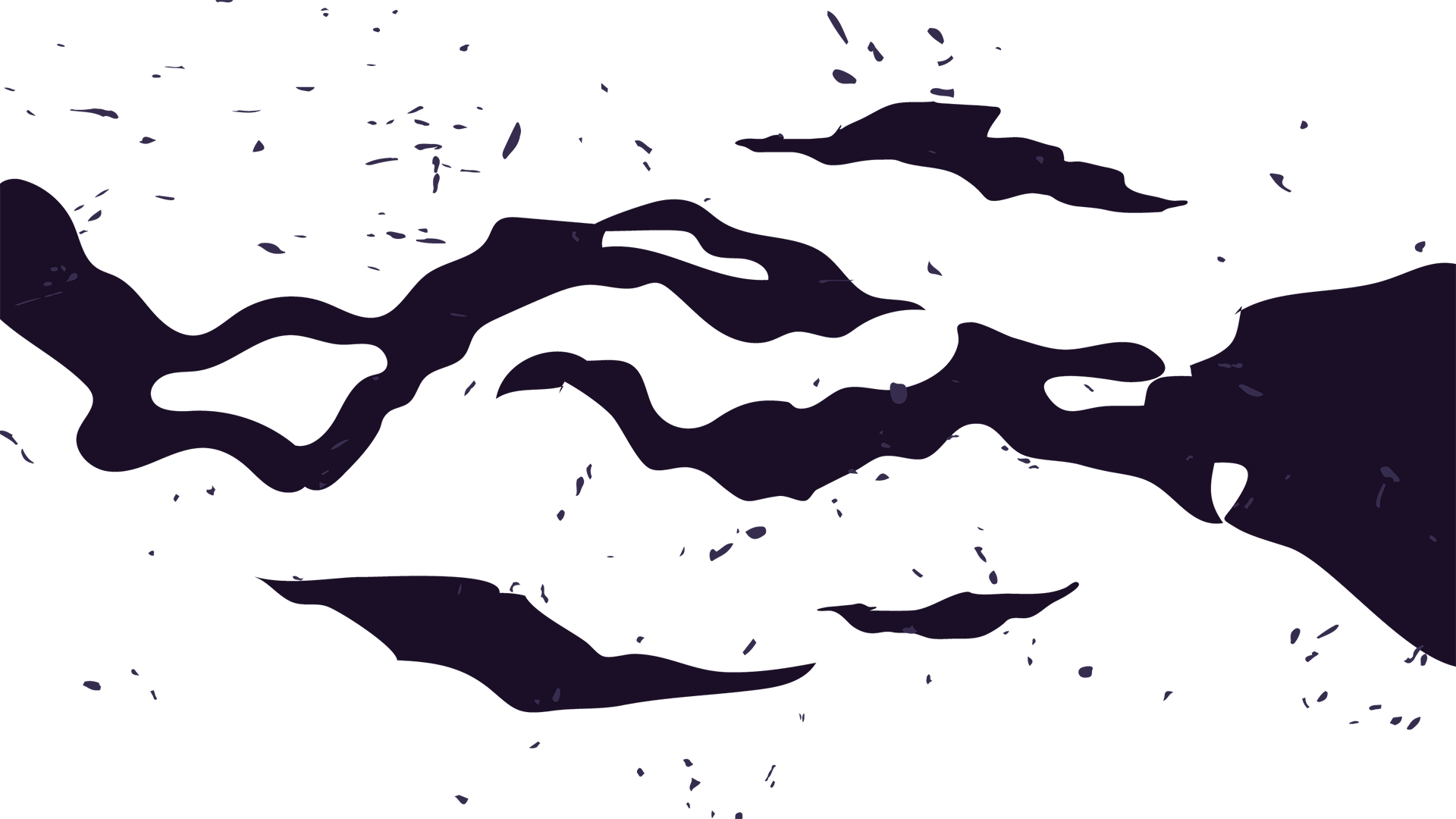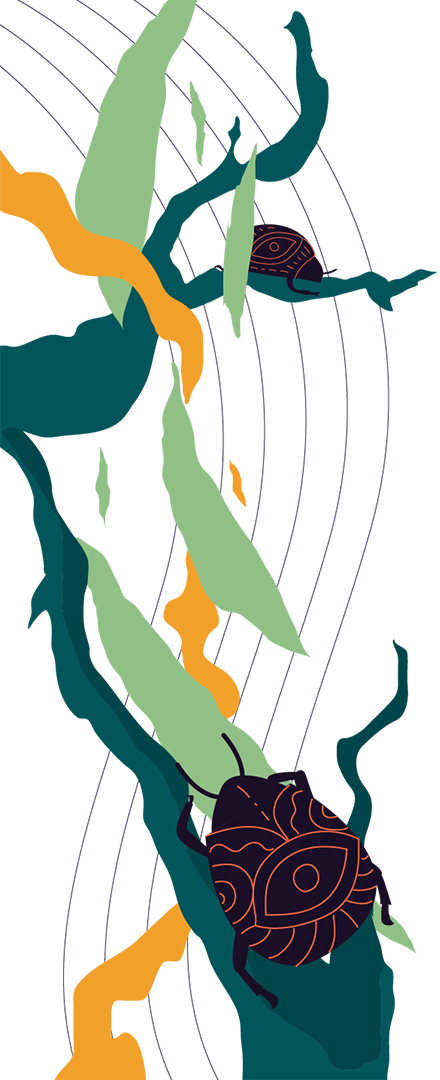
article
Published on 25.09.2024
my, mycelial: The story of NEXUS
Between the 18th and 25th of April, we hosted a one-week creative camp at Mumush-land. During this time, a group of artists worked to design an interactive installation that seamlessly and organically integrates the appearance, sound, and lighting elements of a living organism. The first few days were spent in intensive brainstorming and drawing sessions, followed by acquiring materials and finally assembling a preliminary framework to test the behavior of optical fibers. The camp was the first part of the residency of András László Nagy, also known as andrasnagyxyz, an audio-visual artist in the context of EFFEA Call #2 grant with the project entitled “Nexus”.
Besides the resident artist, András, a few crew members were involved in creating the installation and the responsibilities were split accordingly. Áron Telegdy focused on the sound aspect, experimenting with various audio VSTs to harmonize the LiDAR sensor with the sound system. Eapo took on the task of managing the LED lighting through an ESP32 controller. Meanwhile, Wurk Ikona and the resident artist conducted tests on the laser and optical fibers and also deliberated extensively on the suitable materials for the top of the installation, eventually deciding on wood due to its ease of handling.
Here’s András’s perspective on the project:
For lighting, we opted for an economical yet effective solution, choosing to direct a 3W laser into one end of the optical fibers, which then dispersed light in a circular pattern on the ground, covering a radius of three meters. To enhance the interactive aspect of the installation we incorporated a LiDAR sensor—a rotating distance-measuring laser—into the structure. It was also crucial for us that the audio aspect of the final product was omnidirectional and that the sound system integrated seamlessly into the installation, appearing as an intrinsic part of it, rather than an external addition.
We also aimed to discreetly integrate LED controllers and lights within the installation to maintain a clean aesthetic while at the same time providing subtle illumination. The core of the installation was controlled by TouchDesigner software, which facilitated communication with all the external electronic devices through a central visual programming language.
The design of the installation was intended to mimic an organic lifeform, with mushrooms serving as a fitting metaphor based on their structural components—cap, body, and mycelial strands, the latter represented by optical fibers.
Despite our best efforts, one week proved insufficient to fully realize the installation, but it served as a fundamental milestone for starting construction and testing of the conceptual framework. We concluded our one-week session with a walk through the Mumush forest to scout for optimal locations for the placement of the installation.
Subsequently, the elements of the installation were transported to my workshop in Hungary, where final adjustments were made based on our experiences at the Mumush-land. The construction process spanned about a month in total, with two project participants working diligently every day. Each component was meticulously planned and crafted, from the roof structure and legs to the sidewalls that housed the electronics equipped with ventilation elements produced via 3D printing.
Furthermore, I would emphasize that the sound funnels on the installation were a particularly innovative feature, designed using 3D software to ensure optimal sound reflection based on the height of the viewer and the visibility of the speaker.
Our installation, which we affectionately referred to as ULO—an Unidentified Light Object—made appearances internationally, at four different festivals, each time adapting to the specific environment and audience of the event: from Kolorádó to Goulash Disco. The journey itself was also challenging, covering over 6000 kilometers, and the installation safely endured diverse weather conditions—from heavy rainstorms and intense sunlight to salty water and even contact with lively festival crowds—without any issue or damage.
We are immensely grateful to everyone who supported this project, helping us create a unique and engaging light installation that truly celebrated Life with us.
Note from editor:
To conclude this summary, we would like to express our most sincere and immense gratitude to everyone who supported this project. It took the kind and expert assistance of many individuals and organizations to not only create this unique and engaging audio-visual installation, and to be able to share it with the world; but also to cross borders both physical and abstract, celebrating Life itself with us.
The Nexus residency is supported by the European Festivals Fund for Emerging Artists – EFFEA, an initiative of the European Festivals Association (EFA), co-funded by the European Union.
article by andrasnagy.xyz
edited by draca
proofreading by juli


